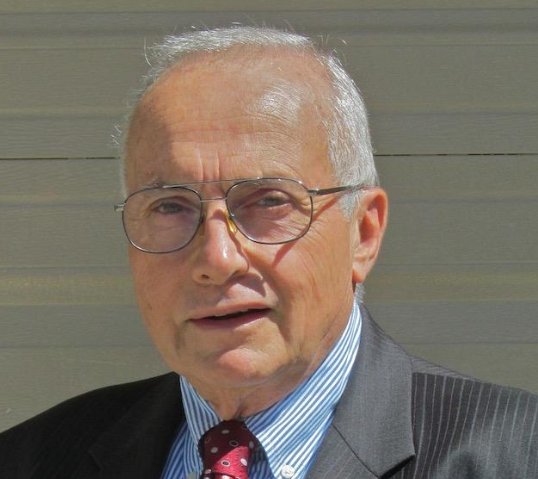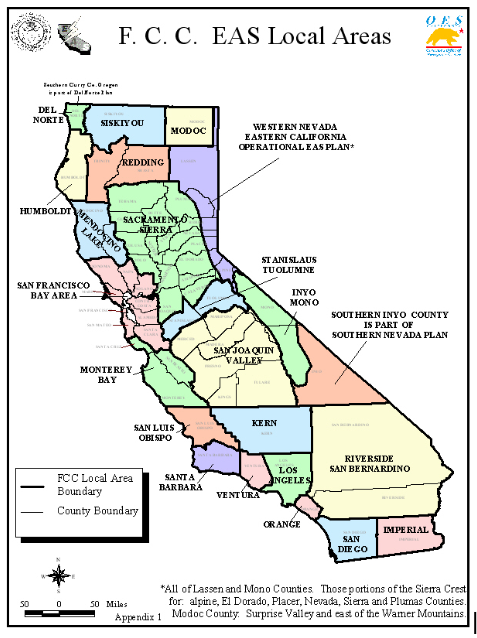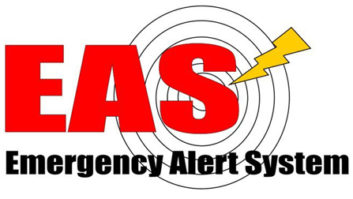As chair of the California State Emergency Communications Committee, Richard Rudman helps guide the preparation for public alerts and warnings for one of the largest states in the country and, arguably, the one with the most natural disasters.

Radio World asked Rudman to reflect on filing California’s new state EAS plan, as mandated by the FCC, and what, if any, new opportunities the process might create:
Radio World: Has the FCC’s recent EAS rule update brought any changes in how the California SECC approaches public warning?
Richard Rudman: California, like some other states, needed to look at the real heart of EAS, the relationships between local broadcasters, their contact with local warning centers, and the monitoring assignments that EAS depends on. And the FCC has made changes to 47 CFR Part 11 that more clearly define the roles of SECCs and asked them to report back on key EAS elements.
After California’s devastating series of wildfires, the state legislature saw a need to reinforce our public alert and warning capabilities that began before previous SECC Chair Jim Gabbert retired. After Jim retired last year, I traveled to Sacramento to meet with Cal OES [California Office of Emergency Services] on going forward.

Our legislature has now supplied resources to Cal OES to help the SECC with what we all know has been a major unfunded volunteer-based mandate.
I have been working directly with Cal OES and several dedicated local chairs to verify both EAN and local/regional monitoring assignments. We found that many chairs have moved to other markets or retired, and several LP stations had changed call letters and frequencies. This is a work in progress.
Once I had a handle on the overall local EAS picture, I began to work with the California Broadcasters Association, the California Cable Television Association, and Cal OES to resume regular meetings and build out the SECC core membership.
RW: Briefly describe the makeup of the SECC’s membership and any reorganization plans?
Rudman: We had our reorganization meeting on June 17. At our next meeting we will talk about a revised structure I am proposing. We had representatives at this meeting from all the organizations listed below. I see as our structure going forward adding CTIA and LECC Chairs will be vital.
Here is how the California SECC will hopefully look:
Chair –
Vice Chairs
California Broadcasters Assn. Representative (CBA)
Cal Cable Association Representative (CCTA)
Cable Television and Internet Association (CTIA)
Cal OES Representative
California Highway Patrol Representative (CHP)
National Weather Service Representative (NOAA/NWS)
LECC Representatives
Advisors from adjacent state SECCs (Nevada, Arizona and Oregon)
[Related: “Washington Develops New State EAS Plan“]
RW: Who administers the committee and will be responsible for making sure it meets regularly?
Rudman: Right now, that’s on me, CBA and Cal OES.
RW: What is your goal in creating or updating your state’s EAS plan?
Rudman: I want to see us create an accurate and living reference for our California EAS Participants
RW: Do you have any thoughts or recommendations for how other states might improve EAS?
Rudman: Look to SECC’s like Nevada and Washington State who to me represent the Gold Standard.
RW: Do you have any thoughts or recommendations for improvements to the national system?
Rudman: More clearly clarify within the Federal entities with public alert and warning their responsibilities regarding the EAS.
And bring back the FCC’s EAS National Advisory Committee that was an invaluable resource in the Early days of the EAS. The FCC did not renew its charter in 2002.
RW: What else would fellow broadcast engineers or managers find interesting about your state’s plan or alerting infrastructure?
Rudman: We have one Operational Area that oversees 15 counties. California has 58 counties total.






